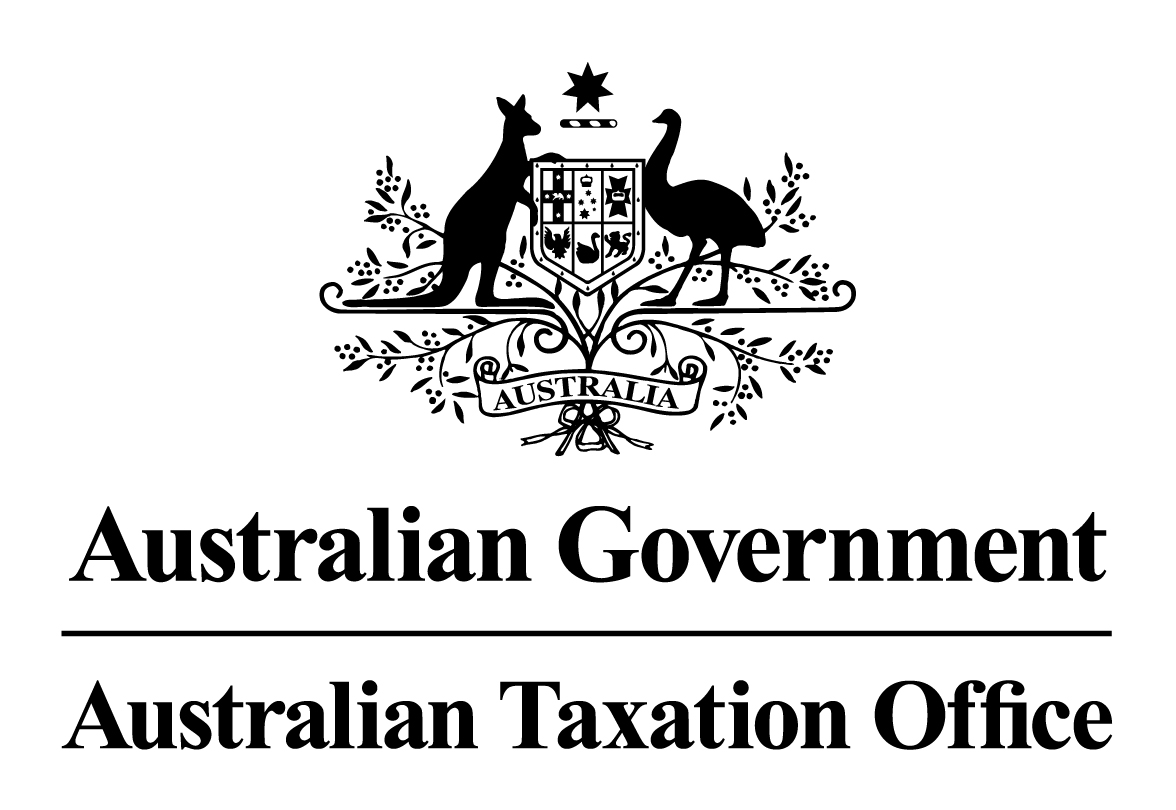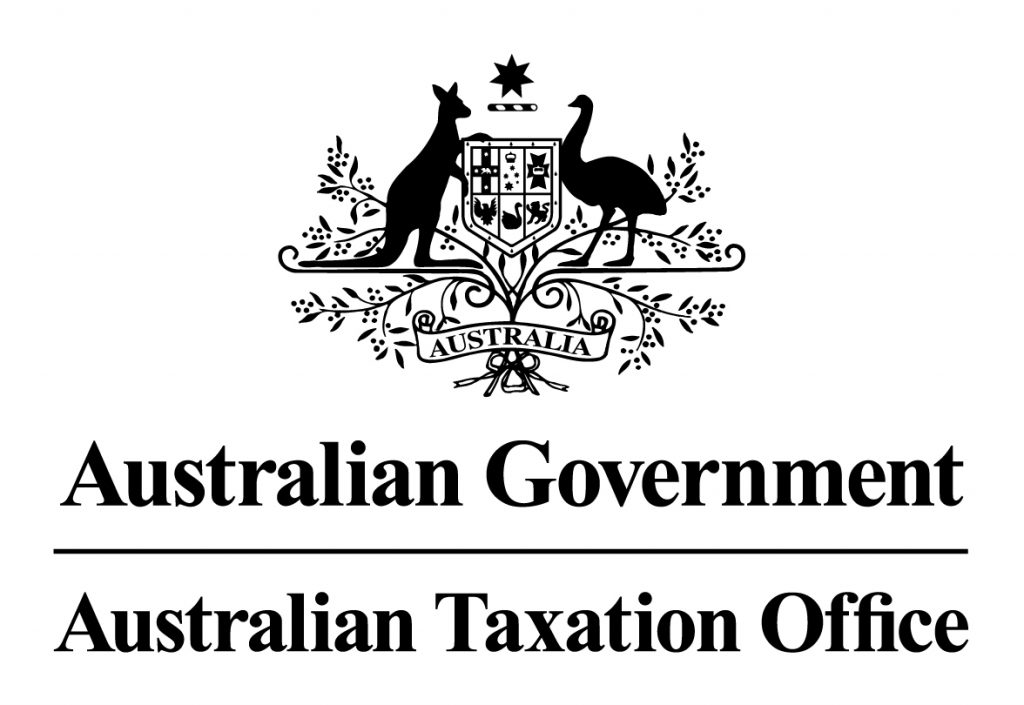A Guide to Capital Gains Tax in Perth Australia

A Guide to Capital Gains Tax in Perth Australia
Any time you sell a capital asset (i.e. – a real estate property or shares in a company) typically the sale is made for either less or more than the amount you originally paid for the asset. If you’re paid more than what you spent to acquire the asset, then you’ve made a capital gain, whereas being paid less than what you paid is, of course, a capital loss. Any time you make a capital gain it must be reported on your income tax return and the necessary amount must me be calculated and paid. While this step is typically handled by a tax professional, it’s worthwhile to learn the laws and calculations involved in determining capital gains tax in Perth, Australia:
Increasing Capital Gains with Proper Presentation
Before we get into the legal technicalities and rules regarding capital gain tax, it’s a good idea to look for ideas to increase the perceived value of your assets before entering into a contract to dispose of them. While you might be in a rush to liquidate the asset, it’s always best to aim for the highest possible capital gains. Although higher gains will equate to a higher tax bill, the amount gained offsets the taxes due and a larger gain is always preferable over a smaller one. Gain increases can be achieved in many ways. For example, companies like Globalind Pallet Racking help companies increase capital gains by organising and preserving assets within optimal storage configurations to make facilities and the assets they contain more desirable to prospective buyers.

Understanding Capital Gains Laws in Perth
First, it should be noted that if the asset is individually owned (not company owned) and it is held for a period of longer than one year, it can be reduced by 50% before calculating capital gains tax. Any capital gain is considered part of your assessable income and will therefore increase the amount of tax you owe. Calculating capital gains tax can be a bit complicated for the average individual or business owner, so explaining the calculations would go beyond the scope of this guide and is something that should be done on conjunction with a tax specialist.
When Do Capital Gains Need to Be Reported
Capital gains are assessed based on when you enter into contract to dispose of the asset. For example, if you sign a contract for the sale of one of your investment properties in May of 2018 but the deal actually closes in August 2018, you would still file the capital gains as part of 2018-2019 tax return. Filing a capital gain based on the actual date of disposal is a novice mistake that can lead to fines and/or an unwanted audit.
What Kind of Assets are Subject to Capital Gains
Any capital assets that were acquired on or after 20 September 1985 are subject to capital gains tax unless explicitly excluded within the law. Excluded items would include personal assets such as your vehicle, home, furniture, tools, lawn maintenance equipment, consumer electronics, etc. Capital gains tax also cannot be applied to assets that are solely used for “taxable purposes” such as equipment used by a business or fixtures installed by a property rental company.
Using Capital Losses to Reduce Capital Gains
Taking a capital loss is never an ideal situation, but the somewhat good news is that not only will you not be taxed on losses, but you can also apply the lost amount to your capital gains to reduce the total capital gains tax you’re liable for.
Being Knowledgeable About the Law to Avoid Unnecessary Mistakes
In closing, while it’s always best to heed the advice of a tax professional, it’s also good to have a solid independent understanding of tax laws. Thus, it’s advisable that you continue your research by reviewing the latest laws and regulations on Australia’s official government website for an accurate and up-to-date understanding of how capital gains tax is calculated and reported.


 ITAT Amritsar: No Section 269SS Violation for One-Time Cash Payment Before Sub-Registrar
ITAT Amritsar: No Section 269SS Violation for One-Time Cash Payment Before Sub-Registrar  Tax Officials Unleash Digital Dragnet: How New Raid Powers Redefine Privacy, Property Rights in India and likely to Fuel Corruption
Tax Officials Unleash Digital Dragnet: How New Raid Powers Redefine Privacy, Property Rights in India and likely to Fuel Corruption  Income Tax Department Rewards for Reporting Tax Evasion: A Comprehensive Guide
Income Tax Department Rewards for Reporting Tax Evasion: A Comprehensive Guide  Forfeiture of Gratuity by Employer- What are the Remedies for an employee- Can employer be challenged?
Forfeiture of Gratuity by Employer- What are the Remedies for an employee- Can employer be challenged?  Employer can forfeit gratuity of an employee in case of moral turpitude
Employer can forfeit gratuity of an employee in case of moral turpitude  Diving Deeper: The Impact of the New Tax Bill on Dairy and Farming Income
Diving Deeper: The Impact of the New Tax Bill on Dairy and Farming Income